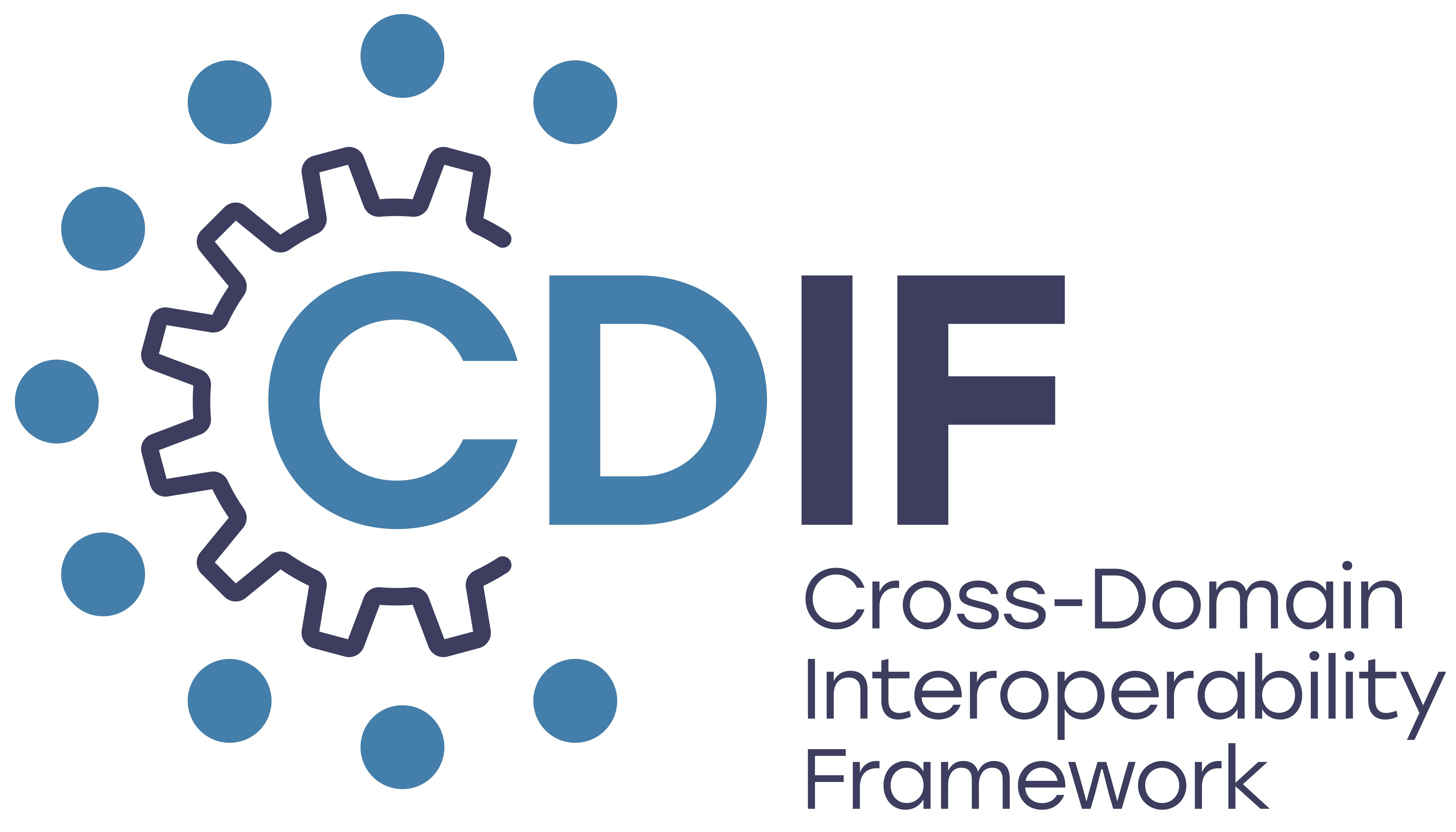Units of measurement#
Quantitative data is always expressed using a scale, commonly referred to as the unit of measurement (UOM). The representation of any quantity can be conceived as a ‘tuple’ comprised of:
a number
the scale or UOM
(optionally) a quantity-kind, which provides context and semantics for the quantity
The quantity-kind is sometimes required because the same unit of measure can be used for incompatible quantity-kinds (e.g., energy and torque can both be quantified as Newton-metres). When encoding quantities, there are three common patterns:
Micro-format, using a standard uom notation, and separator between the number and UOM:
109.5 km/hr
Tuple or data-structure:
{
"@value" : "109.5" ,
"@type" : "https://si-digital-framework.org/SI/units/kilometre.hour-1"
}
Fix the UOM for an array or collection, where a header or metadata gives the uom for all values, and the datastream then provides an array of values only:
( "km/hr" , ( 60.4 , 75.1, 99.0, 109.5 ) )
For any of these approaches the code or symbol that denotes the uom must come from a well defined system with unambiguous semantics. Note that CDIF Data Description provides properties on variables for specifying both UOM and quantity-kind (see TBD), using the micro-format described in TBD).
UOM code systems#
The following list is provided for reference, giving information about some of the common coding systems used for UOM.
SI Digital Framework - https://si-digital-framework.org/
Scope: Semantic reference for SI base and derived units
Maintained by BIPM https://www.bipm.org/en/ - the official custodian of the International System of Units (SI) https://en.wikipedia.org/wiki/International_System_of_Units
Symbols for units follow ISO/IEC 80000 (incl special characters, superscripts etc)
m, eV, h, km/h
Each UOM is denoted by a URI e.g.
SI Units and Quantities
Quantity https://si-digital-framework.org/quantities/PRES
Non-SI units accepted for use with the SI units
Quantity https://si-digital-framework.org/quantities/TIME
Prefixes
URIs for compound units based on SI Units are formulated as follows:
QUDT (Quantities, Units, Dimensions and Types) - qudt.org
Scope: semantic descriptions of UOM for science and engineering
Enumeration of ca. 2500 UOM - qudt.org/doc/DOC_VOCAB-UNITS.html
Each UOM is denoted by a URI - e.g.
Local-name defined by a rule (non-opaque, almost computable)
Dereferencing URI gets a definition of the UOM, with link to dimensionality
Enough information to support unit conversion
Codes and symbols from various systems, including UCUM, SI, and UN/ECE Recommendation 20
System also has an enumeration of ‘quantity-kinds’ - i.e. semantics
E.g., energy and torque have the same scale and dimensionality, but should not be transformed
Maintained by volunteers
Change requests processed ca. weekly - qudt/qudt-public-repo#issues.
UCUM (Unified Code for Units of Measure) - https://ucum.org/
Scope: codes for UOM for science
Terminal symbols plus a rule for constructing arbitrary units - extensible/scalable
Codes match traditional scientific notation, with simplifications to match 7-bit ascii keyboard (no special characters, italics, superscripts) - e.g. km/hr, km.hr-1, N.m-2
Maintained by LOINC - Biomedical/clinical standards authority
Change requests processed slowly - ucum-org/ucum#issues
Public specification document at https://ucum.org/ucum
Validation and conversion
